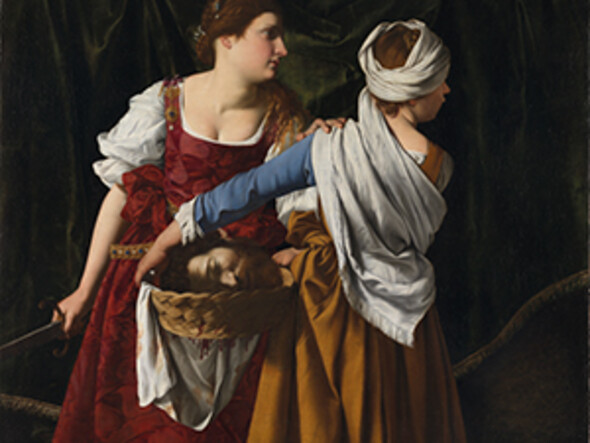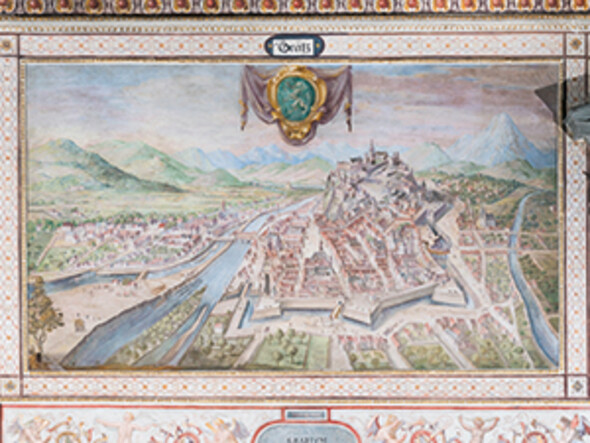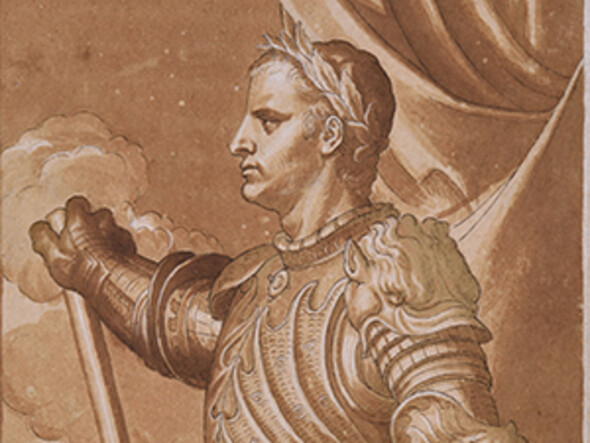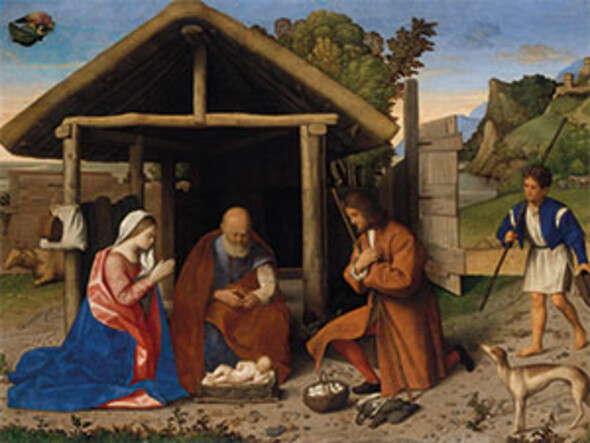By using this website you agree to our Cookie policy
In 1931 Charles Holden was appointed architect of the University of London’s Bloomsbury estate. Its centrepiece, Senate House, was completed in 1937 but construction of the wider scheme was interrupted by war, with the result that only parts were built. Holden’s last addition, completed in 1958, was the Warburg Institute, but even that is unfinished. It was intended to be one half of a building extending the length of Woburn Square, with the other half occupied by the Courtauld Institute, but – partly because of resistance to the demolition of the Georgian terrace on the site the Courtauld would have occupied – the Warburg’s building remained an isolated block.
The exhibition at the Victoria and Albert Museum, London, is the first retrospective of the fashion designer Mary Quant (b.1934) since 1973 when the Museum of London mounted Mary Quant’s London.1 The museum has drawn on Quant’s archive as well as on its own extensive holdings, the largest public collection of her work. With over 120 garments as well as accessories, cosmetics and photographs, the exhibition is an excellent example of how a great museum can involve the public in the reconstruction of the past. Interesting loans and donations of important material related to Quant enliven the exhibition, reminding us that fashion history and fashion exhibitions are unusually dependent on fashion’s creative consumers.
.1 The museum has drawn on Quant’s archive as well as on its own extensive holdings, the largest public collection of her work. With over 120 garments as well as accessories, cosmetics and photographs, the exhibition is an excellent example of how a great museum can involve the public in the reconstruction of the past. Interesting loans and donations of important material related to Quant enliven the exhibition, reminding us that fashion history and fashion exhibitions are unusually dependent on fashion’s creative consumers.



